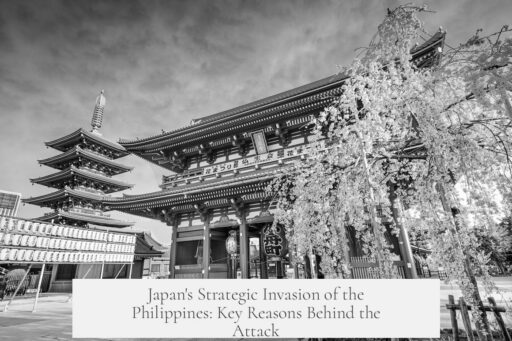Japan invaded the Philippines to secure a strategic foothold essential for accessing Southeast Asia’s vital resources, especially oil from the Dutch East Indies, which was critical for sustaining its war efforts. The invasion was a calculated move within Japan’s broader strategy to overcome its stalemate in China and counter growing opposition from Western powers, particularly the United States.

Japan faced a prolonged conflict in China from 1937. The initial expectation of a swift victory faltered, leaving Japan unable to gain needed resources from the war-torn Chinese economy. This resource scarcity pushed Japan to seek alternatives.
The outbreak of World War II in Europe created opportunities. France, Britain, and the Netherlands were preoccupied or weakened by German advances. Their colonial holdings in Southeast Asia—French Indo-China, Malaya, Singapore, and especially the Dutch East Indies—became vulnerable. These regions were rich in resources, particularly oil, which Japan desperately needed.
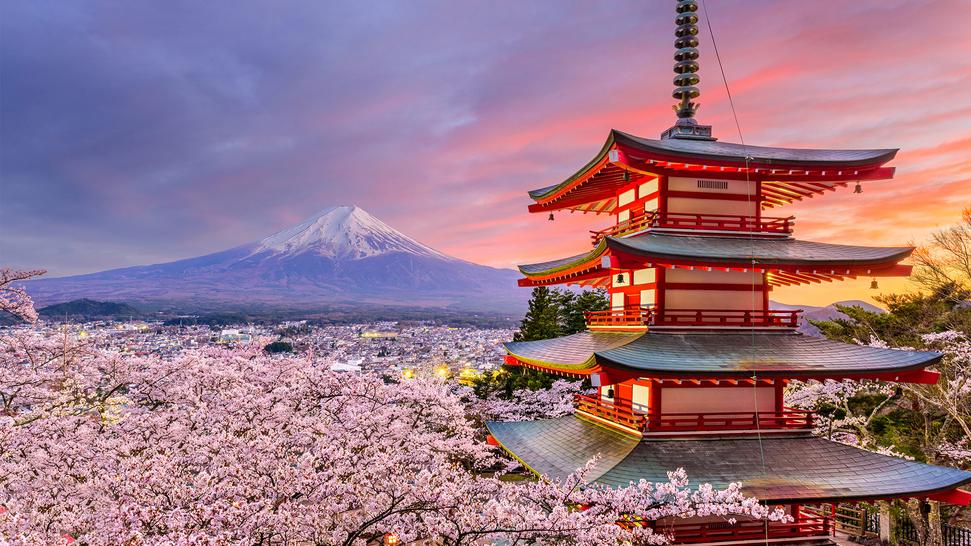
The United States’ response to Japan’s aggression included embargoes on scrap iron and oil, integral to Japan’s military operations. With imports cut off, Japan faced two choices: end its war in China or seize resource-rich territories.
Japan aimed to take control by force. However, the Philippines, an American colony, lay directly between Japan and the crucial oil fields of Indonesia. Holding the Philippines was vital to ensure a safe passage and defense against Allied counterattacks.

Both Japan and the US anticipated conflict over the Philippines. Japan planned to occupy much of the archipelago, expecting a decisive naval battle with the US fleet. Neutralizing that fleet was crucial. This strategic need led to the surprise attack on Pearl Harbor, intending to disable the US Pacific Fleet and clear the path to seize the Philippines securely.
| Strategic Reasons for Japan’s Invasion of the Philippines |
|---|
| Secure a route to Dutch East Indies oil fields |
| Protect resource supply lines for sustaining the war in China |
| Counteract US embargoes and military presence |
| Exploit European distractions and weakened colonial defenses |
| Neutralize the US Pacific Fleet through Pearl Harbor strike |
- Japan’s stalemate in China pressured resource needs
- European colonial vulnerabilities created a strategic window
- US embargoes threatened Japan’s military sustainability
- Philippines was critical as both a barrier and stepping stone
- Pearl Harbor attack aimed to enable secure Philippine occupation
Why Did Japan Invade the Philippines? The Strategic Reasons Unveiled
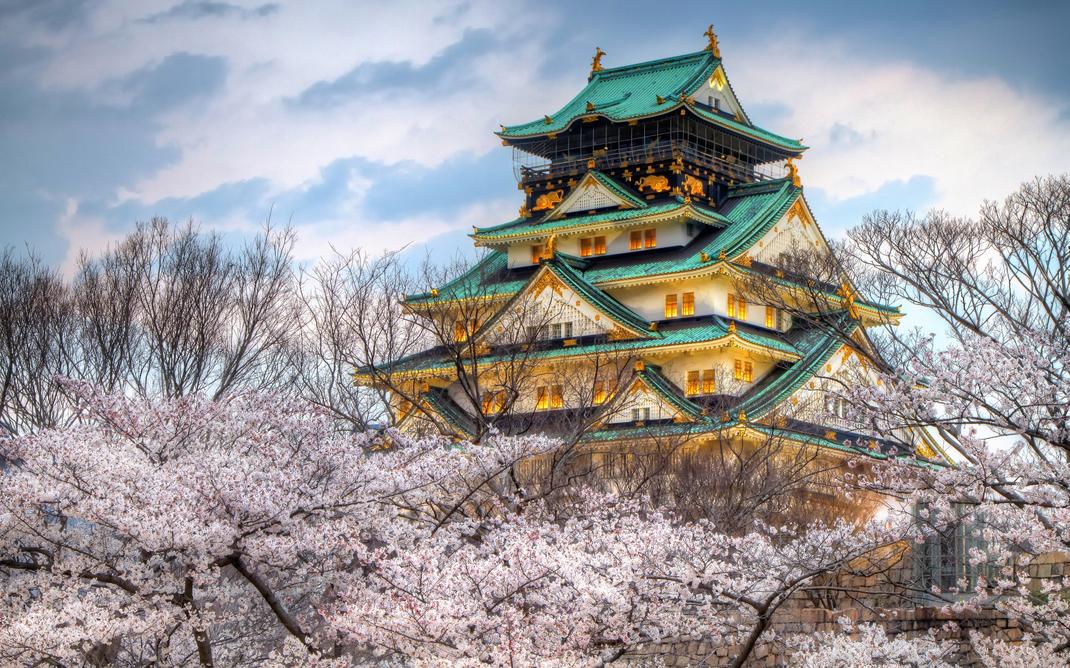
Japan invaded the Philippines because it needed to secure a vital stepping stone to the resource-rich Dutch East Indies (modern-day Indonesia), especially its oil, amid intense global conflict and economic blockade. The invasion was a critical move in Japan’s broader strategic plan during World War II to maintain its war effort and expand its empire.
Sounds straightforward, but the reasons stretch beyond a simple grab for territory. Let’s dive deep into why Japan’s military minds decided the Philippines was the prize worth conquering.
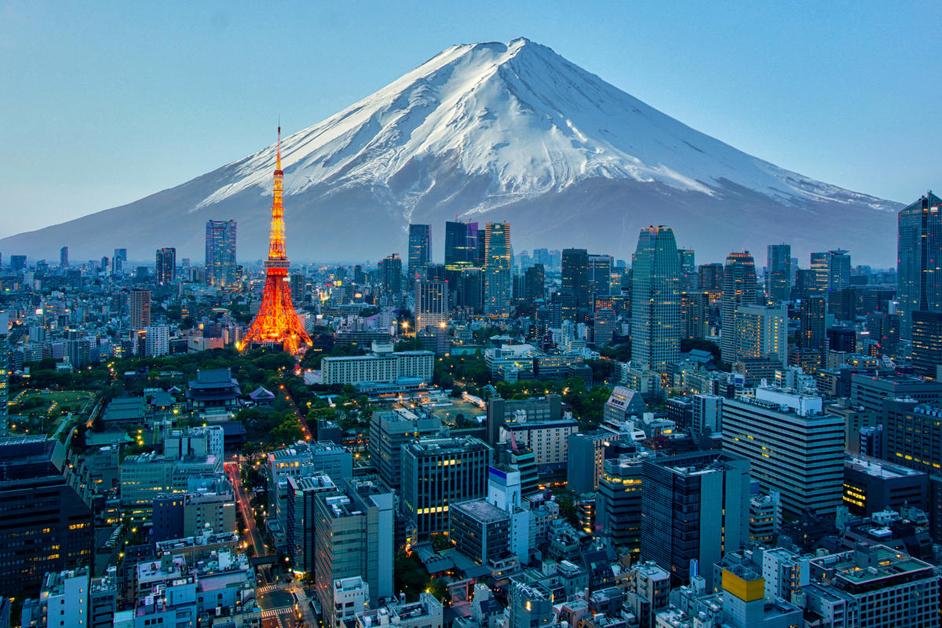
Stuck in a Quagmire: Japan’s Stalemate in China
By the late 1930s, Japan found itself entangled in the Second Sino-Japanese War, which started in 1937. The original expectation? A quick and decisive victory in China. The reality? A prolonged, draining stalemate. Japanese forces couldn’t secure the swift win they planned for.
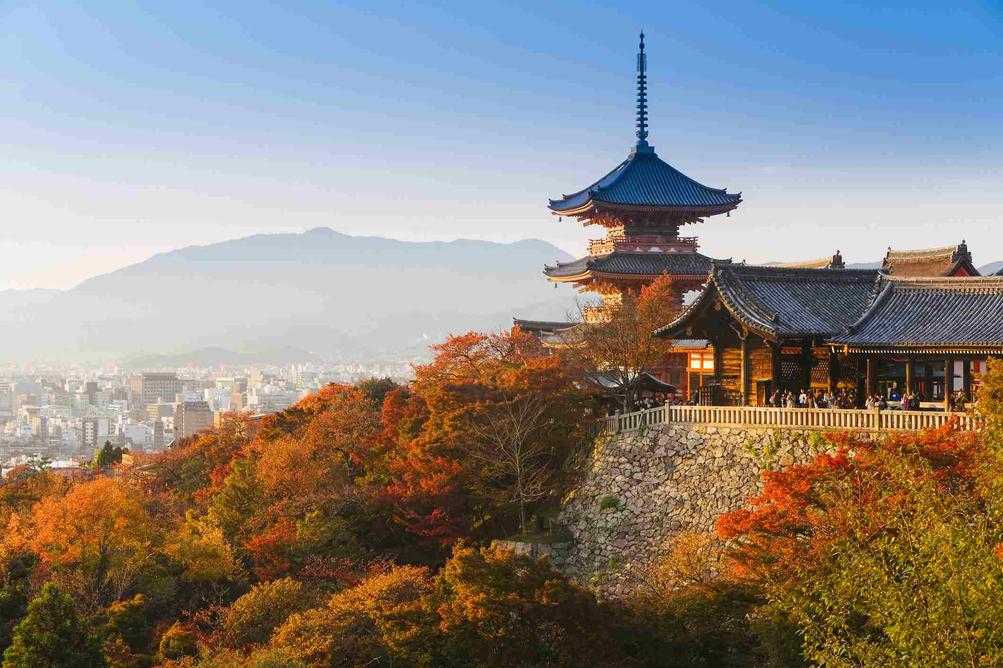
Here’s the practical challenge: China’s economy was in shambles, meaning fewer resources for Japan to exploit. Japan was essentially caught in a war with diminishing returns.
The military’s thinking: “If we can’t win in China, let’s find the resources elsewhere—through conquest.” This instinct was fueled by necessity rather than ideology. Japan needed materials—especially oil and rubber—to fuel its war machine, which could not be efficiently sourced from China.
Europe’s Troubles: Japan’s Golden Opportunity
Meanwhile, across the globe, Europe was ablaze with World War II. Germany’s blitzkrieg strained France, Britain, and the Netherlands, their colonial empires suddenly vulnerable.
As France fell and the Netherlands was occupied, Japan got a green light to eye Southeast Asia’s bounty. French Indo-China, Malaya, Singapore, and critically, the Dutch East Indies harbored vast supplies of oil and rubber—resources Japan desperately needed.
With European colonial powers tied up defending their homelands, Japan saw a chance to exploit weak defenses and seize these territories.
The US Cuts the Lifeline: Oil Embargo and Its Fallout
Japan’s incursion into French Indo-China in 1940 was a red flag for the United States. In response, the US blocked the sale of scrap iron and, more decisively, oil to Japan.
Why oil? Because without fuel, the Japanese military engines stall—literally and figuratively. The embargo pushed Japan into a corner: it could not sustain its war in China without oil. And domestic oil production was negligible.
This embargo was a game-changer. Japan faced a grim choice:
- End its ambitions in China and acquiesce to US demands.
- Seize new sources of oil by force, which meant war with the Western powers.
The Japanese leadership gambled on the second option.
The Philippines: The Gateway to Indonesia’s Oil
To get to the oil-rich Dutch East Indies, Japan had to get past one big obstacle: the Philippines, then an American colony.
This tiny archipelago was the ultimate roadblock. It sat strategically between Japan and Indonesia. If Japan didn’t control the Philippines, US forces could disrupt its supply lines and threat the whole expansion effort.
Japanese military planners had anticipated this for a long time. Pre-war war plans between the US and Japan already envisioned a fierce contest for the Philippines. They knew taking it wouldn’t be easy but saw it as necessary.
The Pearl Harbor Attack: Clearing the Path
The US Pacific Fleet, based at Pearl Harbor, Hawaii, was Japan’s main deterrent for an invasion of the Philippines. As long as the US fleet was operational, any Japanese attempt to move into the Philippines could be blocked or counterattacked.
The solution? A bold, devastating strike aiming to neutralize American naval power—hence the infamous December 7, 1941, attack on Pearl Harbor.
The plan was clear: knock out the Pacific Fleet, invade and secure the Philippines swiftly, and then move on to the Dutch East Indies. Without US naval interference, Japan could fuel its war machine and keep fighting in China and beyond.
Why Didn’t Japan Just End the War in China?
Ending the war in China would’ve been the easiest way to avoid conflict with the US. But Japan’s military leadership perceived this as a defeat. Their ideology and pride, combined with aggressive imperial ambition, made peace unpalatable.
Plus, the need for resources was non-negotiable. Without oil, Japan’s military couldn’t operate effectively. Taking the Philippines—and with it, access to oil—became a non-negotiable strategic imperative.
What Were the Risks?
Japan’s leadership was aware this strategy would likely mean war with the US and Britain, and possibly other Allied powers. The gamble: a quick and decisive strike could give Japan enough time to consolidate its holdings before the US could regroup.
The alternative was grinding defeat in China and economic strangulation due to embargoes. For Japan’s militarists, their ambitious gamble seemed like the lesser evil.
In Summary: A Calculated Leap for Survival
Japan invades the Philippines not just for land but as a pivotal move in a much larger game.
- Locked in a stalemate in China with no resource flow.
- Eyes fixed on Southeast Asia’s rich resources, especially oil.
- Exploiting European distractions due to WWII.
- Facing US embargoes that threatened their war effort.
- Recognizing the Philippines as the key to securing these resources.
- Planning and executing the Pearl Harbor attack to remove naval obstacles.
Japan’s invasion was a chess move in a complex global game. It wasn’t reckless insanity but the result of hard strategic calculations driven by survival, ambition, and necessity.
Next time you wonder why a country would take such a bold step, think about how wars often force difficult choices—where geography, resources, and politics collide in a very tense dance.
Why was the Philippines strategically important to Japan during World War II?
The Philippines was a US colony located between Japan and the oil-rich Dutch East Indies. Controlling it was essential for Japan to secure a safe route to Indonesian oil, which was crucial for continuing their war efforts.
How did the global situation in Europe influence Japan’s invasion of the Philippines?
With European powers like Britain, France, and the Netherlands distracted or weakened by war in Europe, many Southeast Asian colonies became vulnerable. Japan saw an opportunity to expand and secure key resources.
What role did resource needs play in Japan’s decision to invade the Philippines?
Japan needed oil and other resources to sustain its military campaign, especially after the US embargo cut off vital supplies. Taking the Philippines was part of a plan to gain access to the oilfields in Southeast Asia.
Why was the attack on Pearl Harbor connected to the invasion of the Philippines?
Japan aimed to neutralize the US Pacific fleet at Pearl Harbor, preventing interference. This allowed Japan to invade and hold the Philippines safely, securing the route to essential resources in Indonesia.
Did Japan have plans for conflict with the US over the Philippines before the invasion?
Yes. Both Japan and the US anticipated a battle in the Philippines. Japan planned to occupy much of the islands, expecting a naval battle with the United States to determine control over the region.
